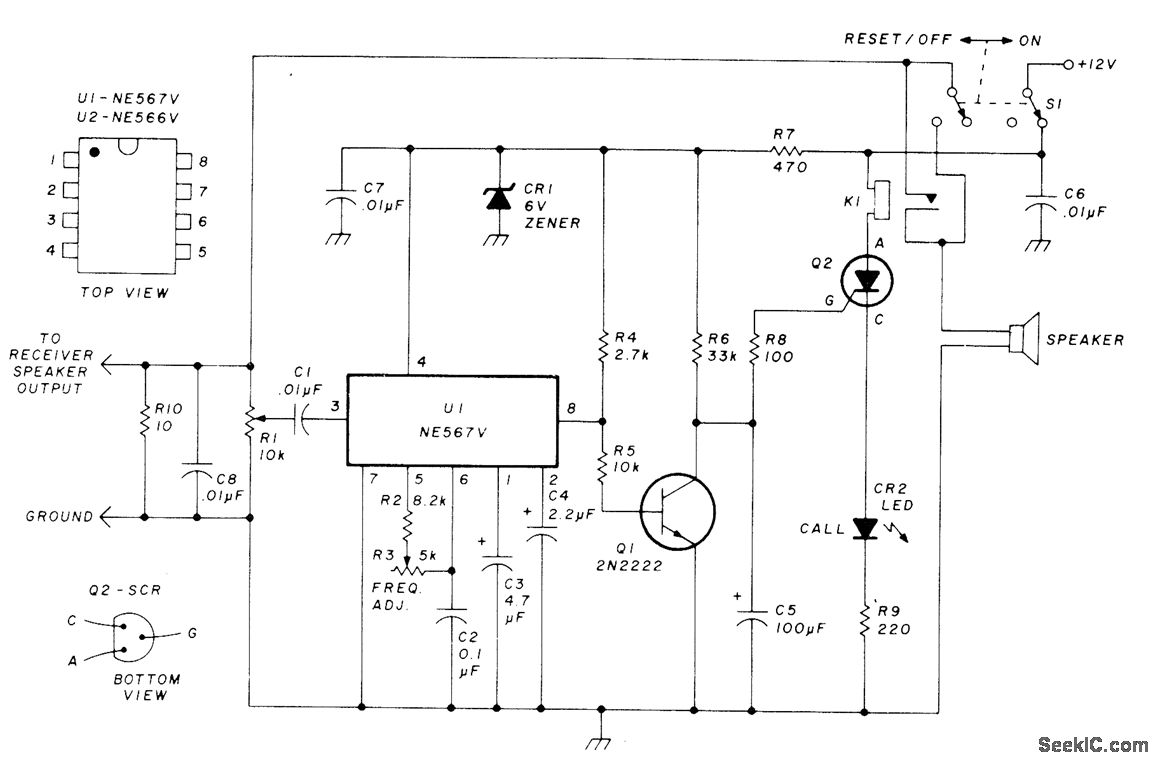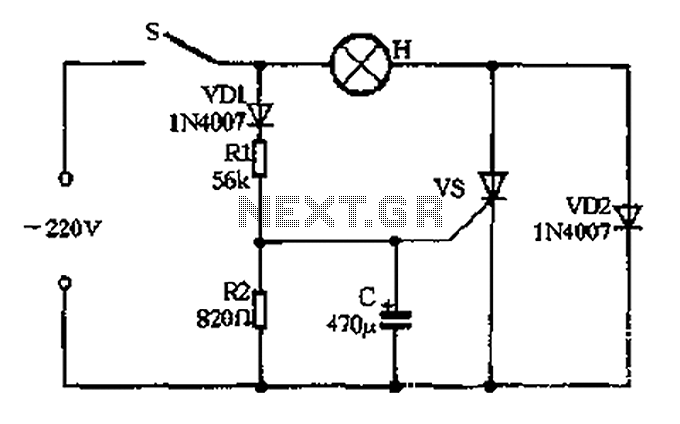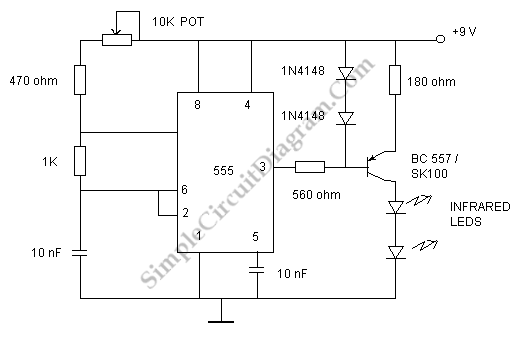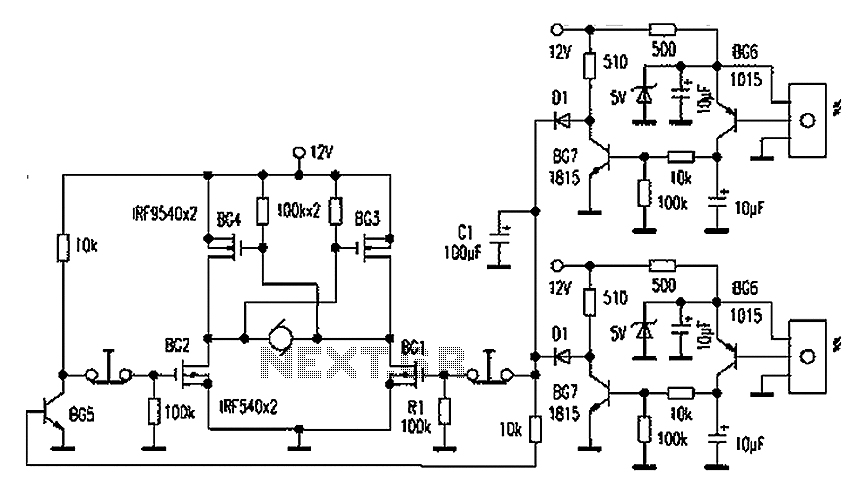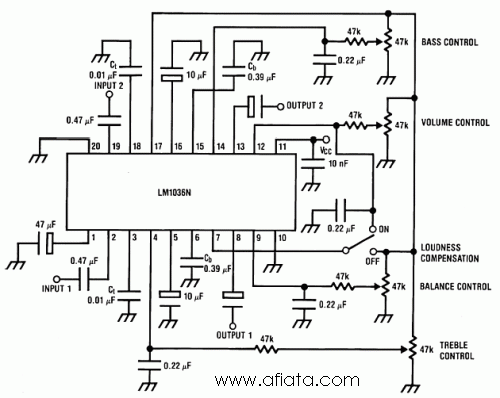
motion motor control servo system block

This figure illustrates a block diagram of modern automated systems that incorporate closed-loop feedback for motion control. These systems typically feature a servo system consisting of feedback elements and a motor driver, which work together to provide accurate and stable control over speed and position. The diagram below depicts the various components of a typical servo system. For processing high-speed encoder signals, standard motion-controller cards and modules include a motion-control integrated circuit (IC), a microprocessor, and a digital signal processor (DSP) or custom application-specific integrated circuit (ASIC). The controller generates velocity and direction of rotation signals for the driver or amplifier, which in turn supplies the appropriate levels of voltage and current (power) necessary to operate the motor. Key considerations for designing a robust and fault-tolerant motion-control system with feedback include the controller-encoder input circuits (receiver circuits), the layout of the receiver circuit PC board, and the encoder-signal cabling system. Additionally, motion-controller inputs, such as hard-wired emergency stop and limit inputs, should be taken into account when designing a fault-tolerant feedback system, although these aspects are not covered in this article.
The block diagram presented illustrates the architecture of a modern automated motion control system, emphasizing the integration of closed-loop feedback mechanisms. At its core, the servo system consists of critical components such as feedback sensors, motor drivers, and control circuitry, which collectively ensure precise regulation of motor speed and positioning.
The feedback elements, typically comprising encoders, provide real-time data regarding the motor's position and speed. This information is relayed to the motion controller, which processes the signals using a motion-control IC, microprocessor, or DSP. These processing units are essential for interpreting the encoder signals and for generating the necessary control outputs to the motor driver.
The motor driver, which may consist of an amplifier, receives commands from the motion controller. It is responsible for delivering the correct voltage and current levels to the motor, thereby facilitating accurate motion execution. The integration of these components allows for dynamic adjustments based on feedback, ensuring that the system can maintain stability and precision even under varying operational conditions.
In designing a fault-tolerant motion-control system, several critical factors must be addressed. The layout of the receiver circuit's PC board must be optimized to minimize noise and interference, which can adversely affect performance. Moreover, the cabling system for encoder signals should be robust and shielded to prevent signal degradation.
It is also important to incorporate safety features such as hard-wired emergency stop and limit inputs into the motion controller. These features enhance the reliability of the system by providing immediate shutdown capabilities in case of faults or emergencies. Overall, a well-designed motion-control system integrates these elements cohesively, ensuring operational reliability and safety while achieving the desired motion performance.This is a figure for a block diagram of a modern automated systems incorporate closed-loop feedback for motion control. They typically include a servo system that consist of feedback elements and motor driver combined in a manner.
This will give accurate and stable control over speed and position. Below is the illustration of the various system-le vel components of a typical servo system. This is the figure of the diagram; For processing the high-speed encoder signals, typical motion-controller cards and modules include a motion-control IC, a microprocessor, and a DSP or custom ASIC. Velocity and direction of rotation signals to the driver or amplifier is provided by the controller which in turn provides the proper levels of voltage and current (power) to operate the motor.
We must have address the following items at the system level to design robust and fault-tolerant motion-control system with feedback during design: Controller-encoder input circuits (receiver circuits), Receiver circuit PC-board layout and Encoder-signal cabling system. Motion-controller inputs, such as hard-wired emergency stop and limit inputs, should also be considered when designing a fault-tolerant feedback system though not addressed in this article.
🔗 External reference
The block diagram presented illustrates the architecture of a modern automated motion control system, emphasizing the integration of closed-loop feedback mechanisms. At its core, the servo system consists of critical components such as feedback sensors, motor drivers, and control circuitry, which collectively ensure precise regulation of motor speed and positioning.
The feedback elements, typically comprising encoders, provide real-time data regarding the motor's position and speed. This information is relayed to the motion controller, which processes the signals using a motion-control IC, microprocessor, or DSP. These processing units are essential for interpreting the encoder signals and for generating the necessary control outputs to the motor driver.
The motor driver, which may consist of an amplifier, receives commands from the motion controller. It is responsible for delivering the correct voltage and current levels to the motor, thereby facilitating accurate motion execution. The integration of these components allows for dynamic adjustments based on feedback, ensuring that the system can maintain stability and precision even under varying operational conditions.
In designing a fault-tolerant motion-control system, several critical factors must be addressed. The layout of the receiver circuit's PC board must be optimized to minimize noise and interference, which can adversely affect performance. Moreover, the cabling system for encoder signals should be robust and shielded to prevent signal degradation.
It is also important to incorporate safety features such as hard-wired emergency stop and limit inputs into the motion controller. These features enhance the reliability of the system by providing immediate shutdown capabilities in case of faults or emergencies. Overall, a well-designed motion-control system integrates these elements cohesively, ensuring operational reliability and safety while achieving the desired motion performance.This is a figure for a block diagram of a modern automated systems incorporate closed-loop feedback for motion control. They typically include a servo system that consist of feedback elements and motor driver combined in a manner.
This will give accurate and stable control over speed and position. Below is the illustration of the various system-le vel components of a typical servo system. This is the figure of the diagram; For processing the high-speed encoder signals, typical motion-controller cards and modules include a motion-control IC, a microprocessor, and a DSP or custom ASIC. Velocity and direction of rotation signals to the driver or amplifier is provided by the controller which in turn provides the proper levels of voltage and current (power) to operate the motor.
We must have address the following items at the system level to design robust and fault-tolerant motion-control system with feedback during design: Controller-encoder input circuits (receiver circuits), Receiver circuit PC-board layout and Encoder-signal cabling system. Motion-controller inputs, such as hard-wired emergency stop and limit inputs, should also be considered when designing a fault-tolerant feedback system though not addressed in this article.
🔗 External reference
